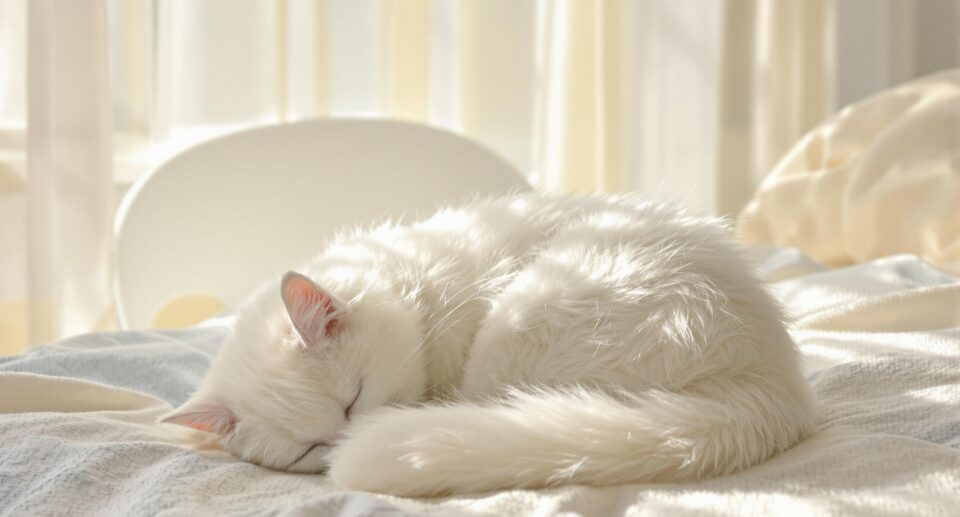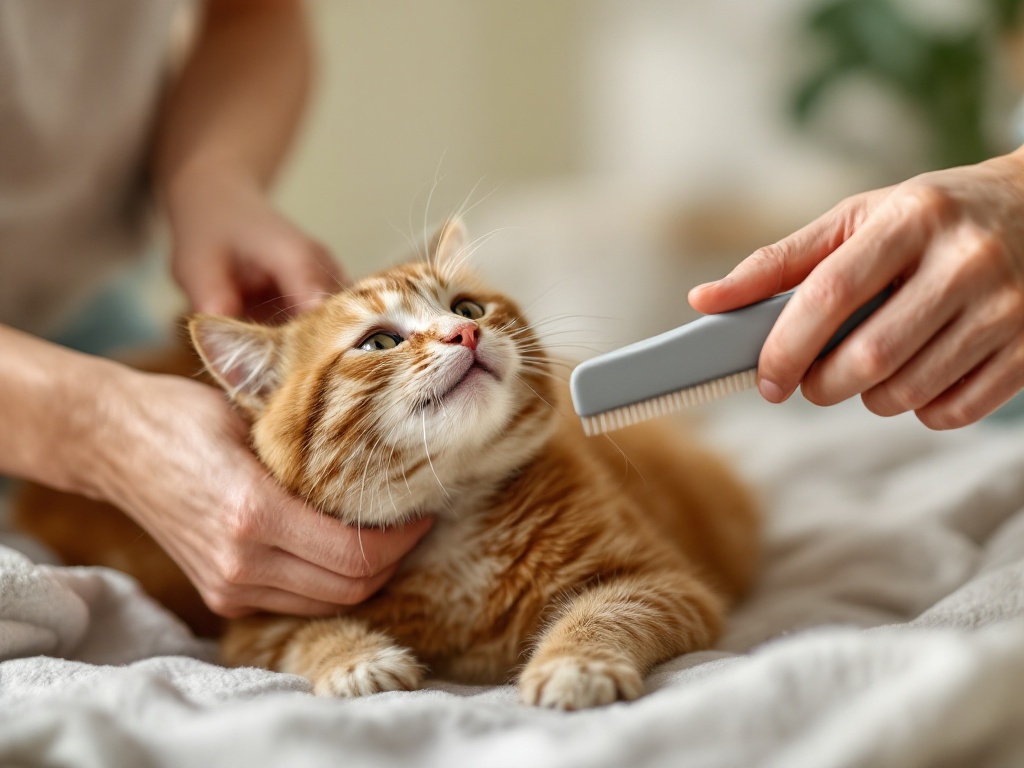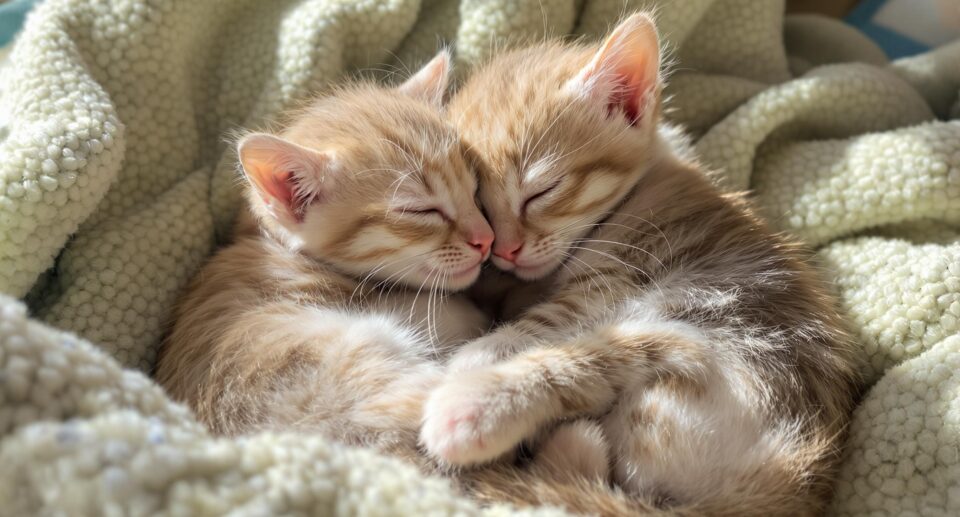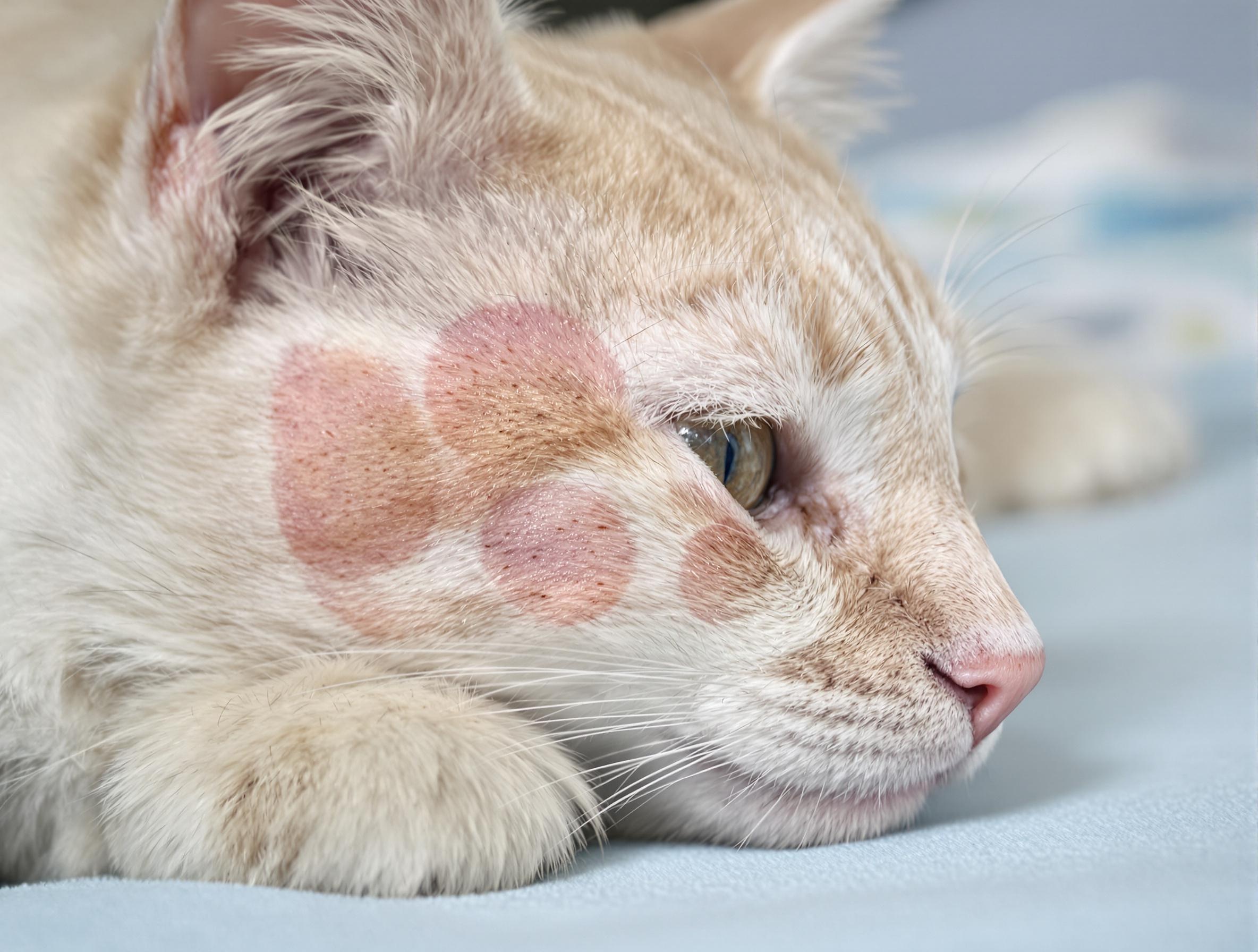Proven Methods to Prevent Fleas on Your Cat

Key takeaways:
- Consistent flea prevention is crucial to safeguarding your cat’s health and comfort. Monthly treatments are recommended, even during winter months.
- Creating a clean home environment is recommended as basic care, along with some form of monthly flea treatments.
- Reaching out to a veterinarian is recommended before you test out any flea treatment for your cat.
It’s a universal truth among pet owners that nobody wants their pet to get fleas. Thankfully, it’s easily preventable (or treatable if your cat already has fleas).
Preventing fleas on your cat involves a thoughtful combination of regular grooming, proper medication, and environmental care. The right approach will keep your feline friend purring happily, flea-free!
We at PetHealthMD understand the care and love you put towards your feline baby, so we curate guides and articles supporting you on your journey. We also recommend consulting your veterinarian to formulate the best care plan for your feline friend.
Flea prevention and treatment options for your cat
When it comes to protecting your cat from fleas, the best approach is a solid prevention plan. While keeping your home clean and using natural deterrents can help, treatment-based prevention has proven to be the most resilient against fleas. Today, there are many options available; let’s break them down so you know your options better:
1. Topical spot-on treatments
One of the most popular flea prevention methods is topical spot-on treatments. You apply these liquid medications directly to your cat’s skin, usually between the shoulder blades, where your cat can’t lick them off. The medication spreads through the skin’s oils and kills fleas on contact.
- How it works: Absorbs into the skin and provides month-long protection.
- Best for: Cat parents looking for a simple, once-a-month application.
- Popular brands include: Advantage Multi & Revolution Plus.
2. Oral flea medications
Oral flea treatments are a great option if you prefer to avoid topical applications. These medications come in pill or chewable form and work by attacking fleas from the inside out. Some start killing fleas within hours, making them a good option for quick relief.
- How it works: Once taken, the medication enters the bloodstream and kills fleas when they bite.
- Best for: Cats that tolerate pills well or have sensitive skin that can’t handle topical treatments.
- Popular brands include: Credelio & Comfortis.
3. Flea collars
Flea collars have come a long way! They now offer long-lasting protection with less odor and irritation. Many modern flea collars release active ingredients gradually, providing continuous protection for months.
- How it works: Slowly releases flea-killing ingredients into the skin and coat.
- Best if: You’re looking for a low-maintenance, long-term prevention option.
- Popular brands include: Seresto Collars.
4. Flea shampoos and dips
While flea shampoos and dips don’t provide long-term protection, they can be a good temporary solution to eliminate an active infestation. These treatments kill fleas on contact but won’t prevent new ones from hopping on.
- How it works: These lather into the fur and kill fleas during the bath.
- Best for: Immediate relief, especially for cats heavily infested with fleas.
- Popular brands include: Tropiclean Shampoo.
5. Flea sprays
Flea sprays offer flexibility since they can be used on both your cat and their bedding. Some sprays kill adult fleas, while others include ingredients that prevent eggs from hatching.
- How it works: Spray it directly on your cat’s fur and surrounding areas.
- Best for: Multi-pet households or added protection alongside another treatment.
- Popular brands include: Flys-Off Spray.
6. Injectable flea control
For long-lasting flea prevention, you can opt for injectable flea treatments, which are available through veterinarians—these work by stopping flea eggs from hatching, helping to break the flea life cycle.
- How it works: It prevents fleas from reproducing but doesn’t kill adult fleas.
- Best for: Cats that need continuous protection without monthly treatments.
Consult your veterinarian before starting any of these flea-prevention treatments to determine which ones will work best for your feline friend.
What else can you do to prevent fleas?

Natural ways to prevent fleas on cats begin right in your home, where simple daily habits create a comfortable, pest-free space for your feline friend.
- Vacuum daily, paying extra attention to carpeted areas and spaces under furniture where your cat likes to rest. If you have hardwood floors or tiles, clean them every other day.
- Dispose of vacuum contents in an outdoor bin right after cleaning – those pesky flea eggs can hatch inside your vacuum if left overnight.
- Protect your cat’s favorite spots with natural deterrents like cedar chips near resting areas. These gentle repellents help keep fleas away while maintaining a pleasant environment.
- Wash pet bedding weekly in hot water (140°F/60°C) to eliminate flea eggs or larvae. A quick 10-minute tumble dry on high heat adds extra protection.
- Groom your cat with a fine-toothed flea comb twice weekly, focusing on the neck, base of tail, and belly. Keep a small bowl of warm, soapy water nearby to trap any fleas you find.
Always consult with your veterinarian before starting any flea prevention routine, as they can recommend the safest and most effective treatment plan for your cat’s specific needs.
Commonly asked flea treatment questions
We’ve covered quite a few flea treatment options available in the market, however, we understand if you still have doubts surrounding these. Here are the most common questions you may face on your pet care journey.
How often should I apply flea treatments to my cat?
While this depends largely on the kind of flea treatment you opt for, the most commonly preferred methods are monthly spot-on treatments (applied between the shoulders) or oral medications that offer reliable protection. To figure out which treatment suits your cat, do reach out to your veterinarian.
Should I stop flea treatments during the winter months?
Keep treating your cat year-round. Fleas thrive in warm indoor environments, even during cold seasons. Your cat needs consistent protection throughout every season, as breaking the treatment cycle can lead to unexpected infestations.
How do I coordinate flea prevention in a multi-cat household?
To prevent cross-infestation, treat all cats in your home on the same day. Mark your calendar with a designated “flea prevention day,” and keep each cat separated for a few hours after application to ensure the treatment dries completely.
What factors might affect my treatment schedule?
Your cat’s lifestyle shapes their treatment needs – outdoor cats or those living with other pets might need strict monthly scheduling. Indoor-only cats still need regular protection, but your vet can help customize timing based on risk factors. Local climate and your cat’s health status also influence the ideal treatment schedule.
Recognize and respond to flea signs proactively
We know that sometimes, despite our best efforts, a flea infestation can still happen. And that’s nobody’s fault! Just make sure you know the signs to watch out for so that you can intervene quickly.
Look for increased scratching around the head and neck, black specks in the fur (flea dirt), or unusual restlessness during your grooming sessions. Some cats may become withdrawn or show anxiety, while severe cases can lead to pale gums and lethargy, particularly in kittens.
If you notice these signs, especially around common problem areas like the tail base, take a proactive approach and contact your veterinarian.
If you’re looking to read up more on fleas, our guide to indoor cats and fleas offers detailed insights for prevention and treatment. If you’ve visited your vet and are looking for recommended flea treatments, you can find all the best brands easily at PetMeds. We have vet-approved treatments and preventative solutions that will help you live a happy and flea-free life with your pet!





